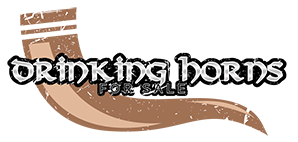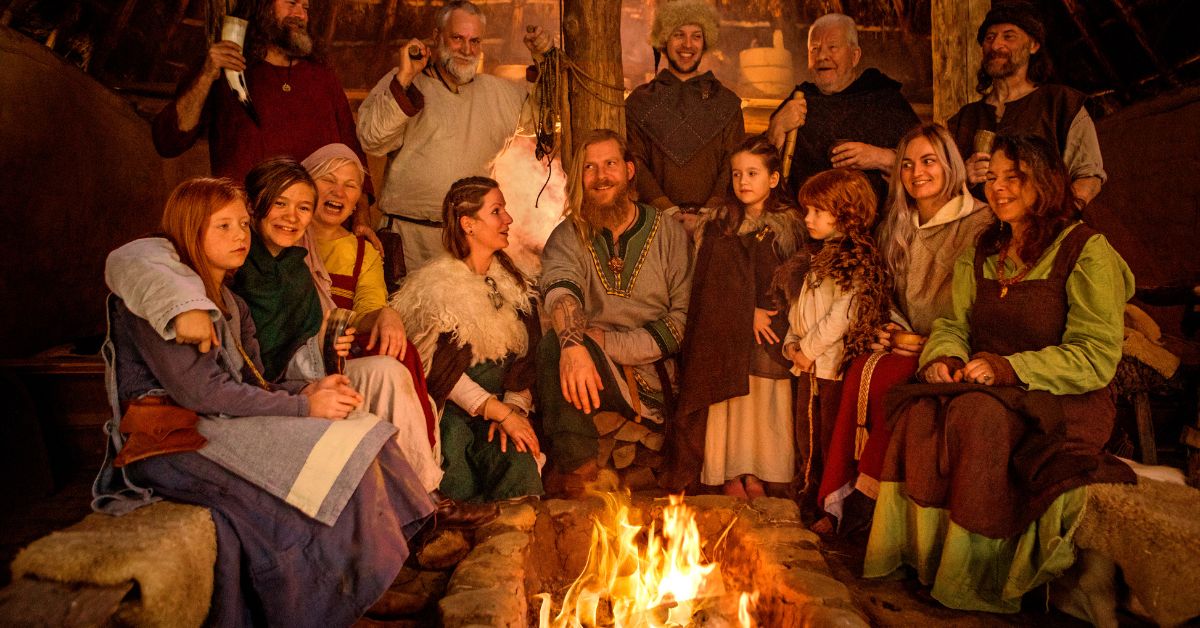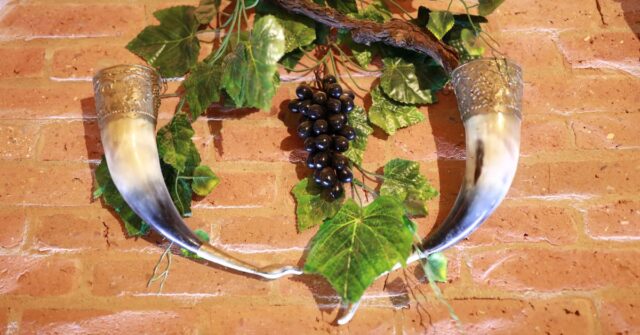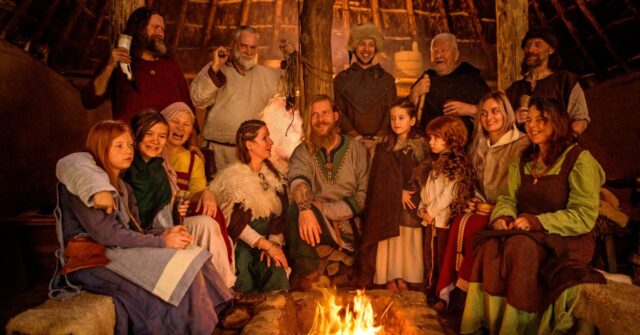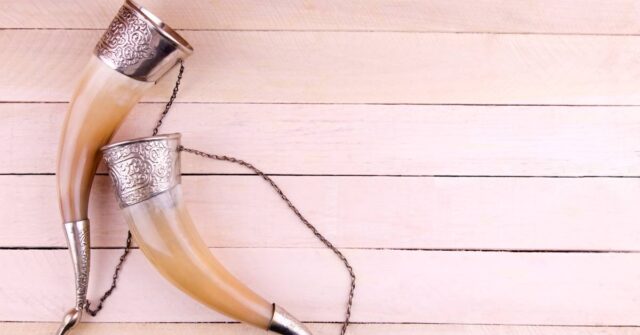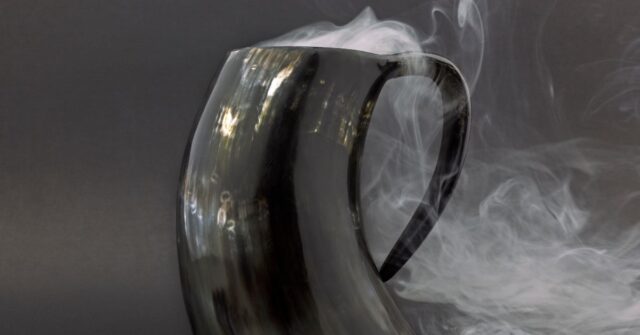The resurgence of historical artifacts in modern celebrations brings both charm and authenticity to gatherings.
Among these, drinking horns stand out, serving not just as vessels from which to drink but also as symbols of cultural heritage and festive spirit.
This post delves deep into the fascinating world of drinking horns, exploring their practical use and cultural significance in today’s social events and festivals.
Introduction to Drinking Horns
Drinking horns have been a part of human history since the Iron Age, originally used by the Scandinavians, the Celts, and various other cultures across Europe and Asia.
Made from the horns of bovines and other large animals, these distinctive drinking vessels have carried both drink and tradition across centuries.
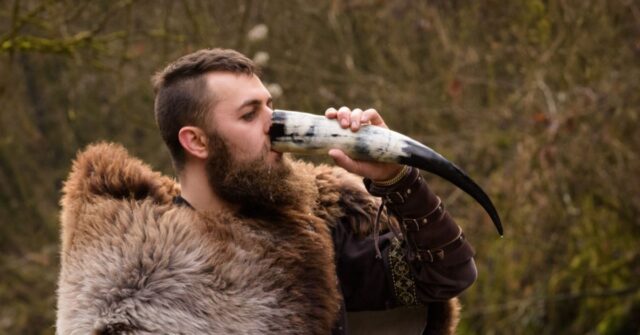
History of Drinking Horns
The earliest evidence of drinking horn use dates back over a thousand years, with significant ties to medieval chivalry and Norse mythology.
Drinking horns were often decorated elaborately, indicating status and achievements, and were used in important rituals and oaths.
Types of Drinking Horns
From simple, unadorned horns to intricately carved masterpieces, the variety of drinking horns is vast. Materials range from buffalo and cow horns to exotic materials like ivory.
Modern reproductions often incorporate metals and glass to stabilize and preserve the horn.
Cultural Significance Across the World
In various cultures, the drinking horn has transcended its original utilitarian use to become a symbol of fellowship and celebration.
In many European traditions, horns are raised during toasts to honor deities or commemorate battles.
Choosing the Right Drinking Horn
Selecting a drinking horn involves considering both form and function. The choice of material, size, and design all play critical roles in its use during social gatherings.
Materials Used in Drinking Horns
Traditional drinking horns are typically made from cattle or buffalo horns, while modern versions might incorporate synthetic materials for durability. Each material affects the horn’s look, feel, and longevity.
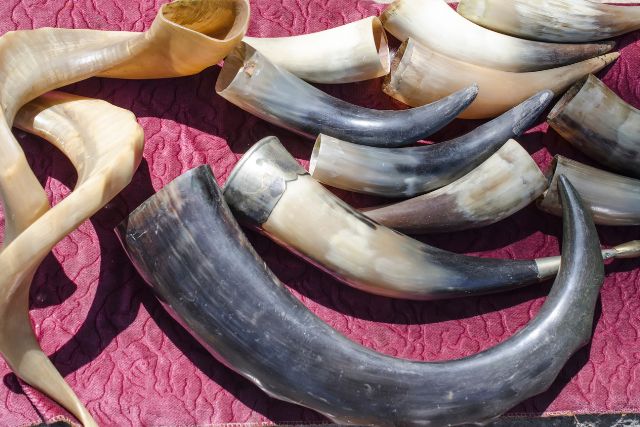
Sizes and Shapes: What Works Best for Different Beverages
Drinking horns can range from small, hand-held sizes suitable for shots of spirits to large ones intended for ale or mead.
The shape of the horn also influences the drinking experience, affecting how comfortably it can be held and drunk.
Decorative Elements and Customization
Many choose to personalize their drinking horns with carvings, metalwork, or other decorative elements that reflect personal or cultural stories.
This customization makes each horn not only a tool for drinking but also a piece of personal heritage.
Preparing Drinking Horns for Use
Before a drinking horn can be used, it must be properly prepared. This ensures safety and enhances the drinking experience.
Cleaning and Maintenance Tips
Careful cleaning is essential to maintain a drinking horn.
Before first use, and periodically thereafter, horns should be washed with mild soap and water and treated with food-safe sealants to prevent odors and degradation.
Sealing Techniques to Enhance Durability
To prevent leakage and improve durability, the inside of a horn can be coated with beeswax or a modern food-safe epoxy. This sealing also helps preserve the flavor of the beverages.
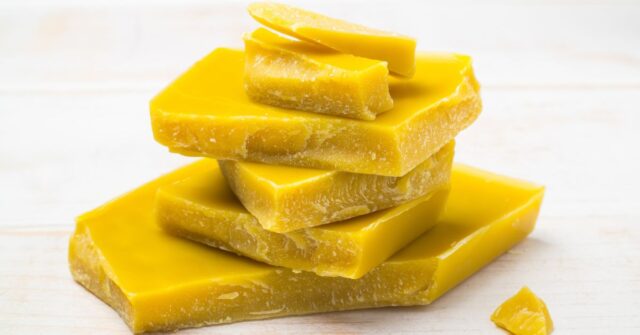
Safety Considerations When Using Drinking Horns
Always ensure that the materials used in your drinking horn are safe for consuming liquids. Avoid horns finished with toxic substances, and never use horns that have cracks or splits, as they can harbor bacteria.
How to Serve Drinks in Drinking Horns
Serving drinks in a drinking horn at a social event can add an authentic touch to the gathering, appealing to guests’ sense of adventure and historical curiosity.
Best Practices for Pouring and Drinking
To avoid spills, tilt the horn slowly while pouring. Drinking from a horn requires a bit of technique—tip it back gradually to control the flow of the beverage into your mouth.
Recommended Beverages for Drinking Horns
Traditional beverages like mead, ale, and wine are most commonly served in drinking horns, though modern drinks can also be enjoyed this way. The choice often depends on the theme of the gathering.
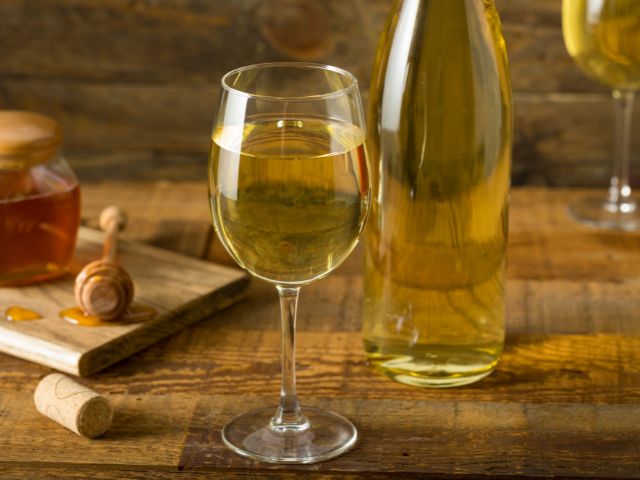
Common Challenges and Solutions
One challenge is the horn tipping over due to its curved shape. Horn stands or holders can solve this problem, keeping your drink secure and upright when not in use.
Incorporating Drinking Horns into Social Events
Drinking horns can be a central feature of various event types, enhancing the theme and engaging participants.
Themed Parties and Historical Reenactments
For themed parties or historical reenactments, drinking horns add authenticity and can be used as part of costumes or decor. They evoke the era being celebrated and make for great conversation starters.
Festivals and Public Events
At festivals, especially those with a historical or cultural theme, drinking horns offer a unique way for attendees to immerse themselves in the experience.
Vendors might even offer horns as souvenirs, which guests can use throughout the event.
Private Gatherings and Special Occasions
In more intimate settings, like a family gathering or a special celebration, drinking horns can be used to create a memorable ritual, such as during toasts.
Each guest might have their own horn, symbolizing their place at the event.
Etiquette and Rituals Associated with Drinking Horns
Understanding the etiquette associated with drinking horns enhances their use in social settings, respecting their historical and cultural significance.

Traditional Toasts and Cheers
In many cultures, toasts made with a drinking horn often carry deep meanings, typically honoring ancestors, gods, or significant life events.
Such practices can be incorporated into modern gatherings to enrich the experience.
Ceremonial Uses of Drinking Horns
Beyond just drinking, horns can play a part in ceremonies, used to signify major events like weddings or coronations. This adds a layer of solemnity and tradition to the proceedings.
Sharing and Community Aspects
Drinking horns encourage sharing, often passed around among participants, symbolizing trust and community.
This act can help strengthen bonds among attendees, fostering a sense of unity and camaraderie.
Benefits of Using Drinking Horns in Gatherings
Integrating drinking horns into social events is not just about adherence to tradition. It brings several benefits that enhance the overall experience.
Enhancing the Aesthetic of the Event
The visual impact of drinking horns can significantly enhance the aesthetic of an event, making it visually appealing and historically resonant.
Promoting Cultural Appreciation
Using drinking horns encourages a deeper understanding and appreciation of the cultures from which they originate.
This educational aspect can add depth to any gathering, making it more meaningful and enlightening.
Creating Memorable Experiences
Perhaps the most significant benefit of using drinking horns is the memorable experience they create.
Guests leave with lasting memories, often sparked by the novelty and historical connection of the drinking horn.
Conclusion
Drinking horns bring a rich tapestry of history, culture, and fun to modern gatherings.
Whether used at large festivals or intimate family dinners, they offer a unique way to celebrate, connect, and enjoy the richness of history.
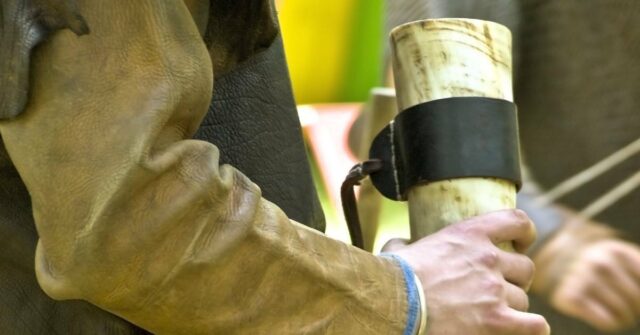
Reviving an Ancient Tradition
By incorporating drinking horns into contemporary events, we not only revive an ancient tradition but also enrich our modern celebrations with layers of meaning and enjoyment.
Summary of Key Points
This exploration into drinking horns covered their history, preparation, and use in various social settings, providing a comprehensive guide to their enjoyment.
Final Thoughts and Encouragement to Try Drinking Horns
If you’re looking to add a historical element to your next gathering, consider the drinking horn. It’s more than just a vessel—it’s a bridge to the past and a tool for creating memorable moments today.
